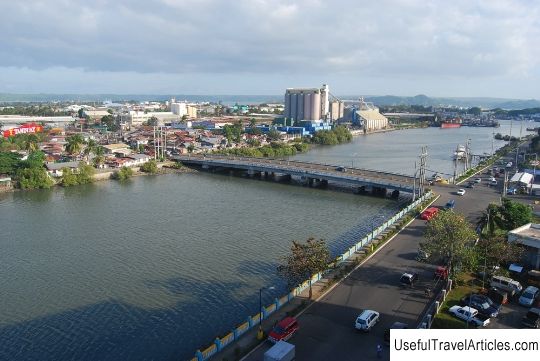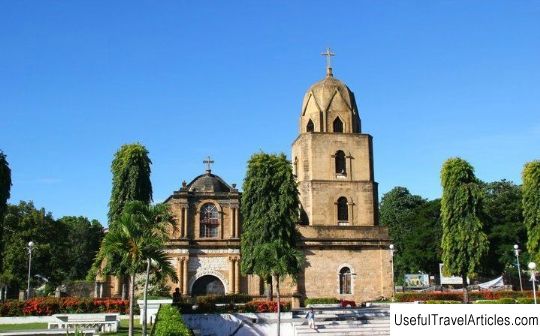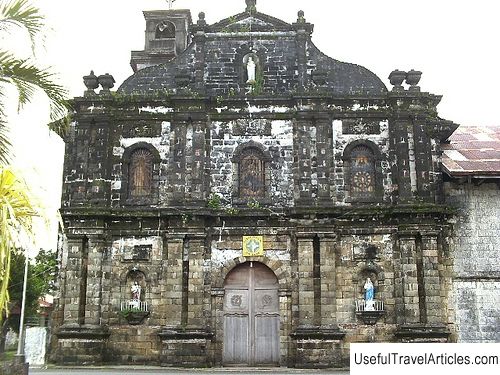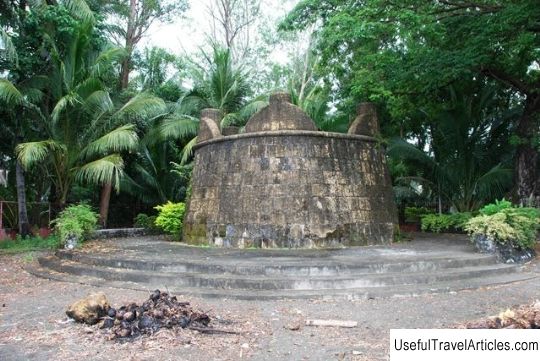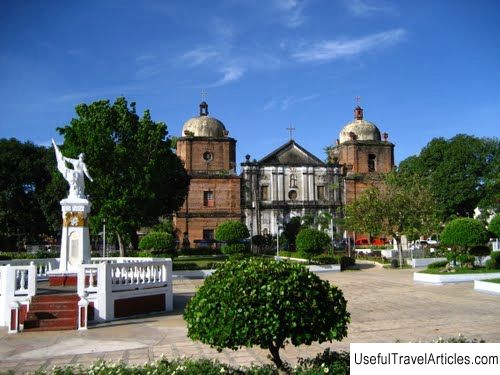Iloilo City description and photos - Philippines: Panay Island
Rating: 7,8/10 (565 votes) 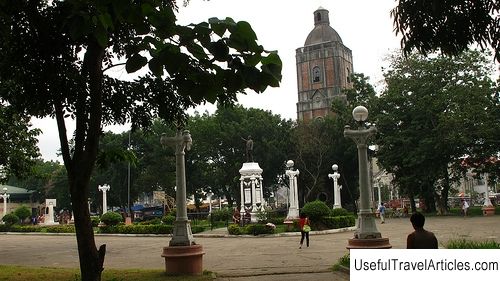
Iloilo City description and photos - Philippines: Panay Island. Detailed information about the attraction. Description, photographs and a map showing the nearest significant objects. The name in English is Iloilo City. Photo and descriptionIloilo City is a highly urbanized city, the capital of the province of the same name on Panay Island and the center of the Western Visayas region. In 2007 the population of the city was 418 thousand people. From the east and south it is washed by the Iloilo Strait. The history of Iloilo begins at the time of Spanish colonization, when several small fishing villages were united into one city, which after 1855 became the second most important port of the colony due to the reloading of sugar from ships sailing from the nearby island of Negros. Later, the Queen-Regent of Spain bestowed Iloilo the title of "the most loyal and noble city." In the early 20th century, only the capital city of Manila and Iloilo had shops selling luxury items from all over the world. An agricultural experimental station was opened in the La Paz region in 1888, an arts and crafts school in 1891, and a telephone connection in 1894. Iloilo's layout and architecture reflect both the Spanish colonial heritage and the American period in the country's history. Since the city was originally a union of independent settlements, today each district has its own central square, surrounded by administrative buildings and churches. In 1930, the architect Juan Arellano developed a development plan for Iloilo, which was inspired by Ebenezer Howard's ideas for a "garden city". One of the main attractions of Iloilo is the old Jaro Cathedral, dedicated to St. Elizabeth of Hungary. During the annual celebration in honor of this saint, several thousand believers gather in the church. The icon of the Blessed Virgin Mary of Candles is also kept here - this is the only icon in the Philippines consecrated personally by Pope John Paul II during his visit to Iloilo in 1981. Interestingly, the Jaro bell tower is one of the few in the country that stands apart from the church. It was built by the Spaniards and served as a watchtower to prevent attacks by Muslims from the island of Mindanao. During the 1948 earthquake, the bell tower collapsed, but was rebuilt in the mid-1990s. Other notable churches in Iloilo are Molo Church, built in the 19th century in neo-Gothic style, and Jaro Evangelical Church, the first Baptist church in the Philippines. The Molo Church is also known as the "Church of the Women" as its columns are decorated with statues of holy women. Jaro County is one of the oldest parts of Iloilo. Here you can see the mansions of the "sugar barons" and many noble families of the city, built in the Spanish colonial style. Another “collection” of architectural values is Calle Real Street in the city's business center. The houses on it, built during the Commonwealth period, were declared a national treasure by Iloilo. An interesting tourist attraction is Muelle Loney - a river port named after the British Consul Nicholas Loney, who is considered the "father" of the sugar industry on the islands of Panay and Negros. Protected from typhoons by the island of Guimaras, Muelle Loni is recognized as one of the safest harbors in the country. The port was opened for the international market in 1855. 6 km south of Iloilo is La Villa Rica de Arevalo - a town of flowers and fireworks. It houses the third oldest depiction of Saint Nino in the Philippines and a copy of the crown of Queen Isabela of Spain.          We also recommend reading Church of St. George (Filialkirche hl. Georg ob Toesens) description and photos - Austria: Serfaus - Fiss - Ladis Topic: Iloilo City description and photos - Philippines: Panay Island. |
